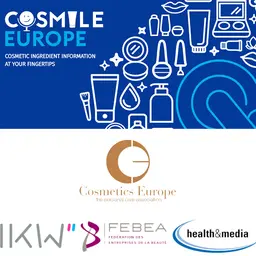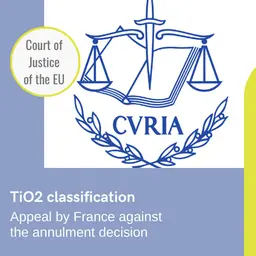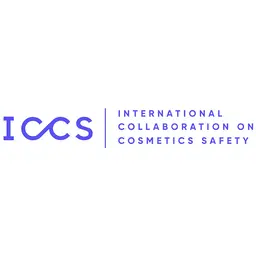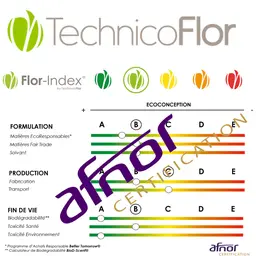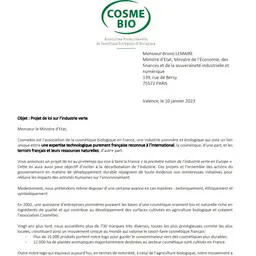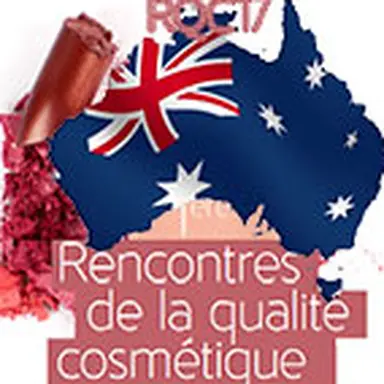
As the US with OTCs, Australia set up a specific status for some products that Europe considers as "simple" cosmetics. At the first Rencontres de la Qualité Cosmétique, a conference on cosmetic quality organized by IFIS (French Training Institute for Healthcare Professionals) and FEBEA (French Federation of Beauty Companies), Dr Ruth Lopert, of Department Health Policy & Management in George Washington University, provided an overview of the regulatory framework applicable to cosmetics in Australia.
The Therapeutic Goods Administration (TGA) was established in 1990 to 'safeguard and enhance the health of the Australian community through effective and timely regulation of therapeutic goods.'
TGA operates a risk-based regulatory framework for therapeutic goods, so the level of regulatory scrutiny increases with the level of risk poses to consumers.
What are therapeutic goods?
Under the Therapeutic Goods Act 1989, therapeutic goods are defined as products for human use in connection with:
• Preventing, diagnosing, curing or alleviating a disease, ailment, defect or injury
• Influencing, inhibiting or modifying a physiological process
• Testing the susceptibility of people to a disease or ailment
• Influencing, controlling or preventing conception
• Testing for pregnancy
• Replacing of modifying parts of the anatomy
Is that any of these sounds like a cosmetic?
Cosmetics are generally considered to be low risk products, and the products that contain no scheduled ingredients, and make no, or only specific low level, therapeutic claims are explicitly declared not to be therapeutic goods, and are exempt from TGA regulation.
What are scheduled ingredients?
Scheduling is a national classification system that controls how medicines and chemicals are made available to the public.
They are ten Schedules that range …



